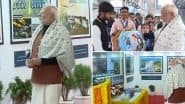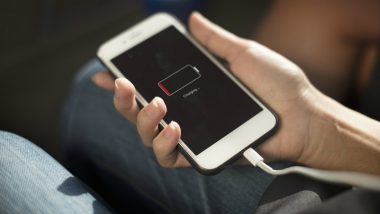Washington, May 17: A team led by an Indian-origin scientist has developed a novel device that could increase the battery life of electronic devices, such as smartphones and laptops, by more than a hundred-fold. Researchers from the University of Missouri in the US developed a magnetic material that employs a unique structure - a "honeycomb" lattice that exhibits distinctive electronic properties.
"Semiconductor diodes and amplifiers, which often are made of silicon or germanium, are key elements in modern electronic devices," said Deepak K Singh, an associate professor at the University of Missouri. His team developed a two-dimensional, nanostructured material created by depositing a magnetic alloy, or permalloy, on the honeycomb structured template of a silicon surface.
The new material conducts unidirectional current or currents that only flow one way. The material also has significantly less dissipative power compared to a semiconducting diode, which is normally included in electronic devices, researchers said. The magnetic diode paves the way for new magnetic transistors and amplifiers that dissipate very little power, thus increasing the efficiency of the power source, they said.
This could mean that designers could increase the life of batteries by more than a hundred-fold. Less dissipative power in computer processors could also reduce the heat generated in laptop or desktop CPUs. "Although more works need to be done to develop the end product, the device could mean that a normal 5-hour charge could increase to more than a 500-hour charge," Singh said. "The device could also act as an 'on/off switch' for other periphery components such as closed-circuit cameras or radio frequency attenuators, which reduces power flowing through a device. "We have applied for a US patent and have begun the process of incorporating a spin-off company to help us take the device to market," he said.













 Quickly
Quickly




















